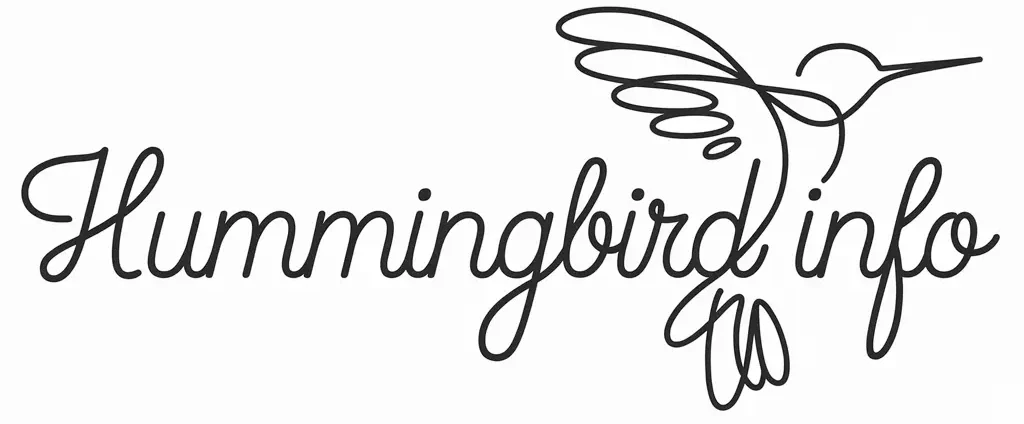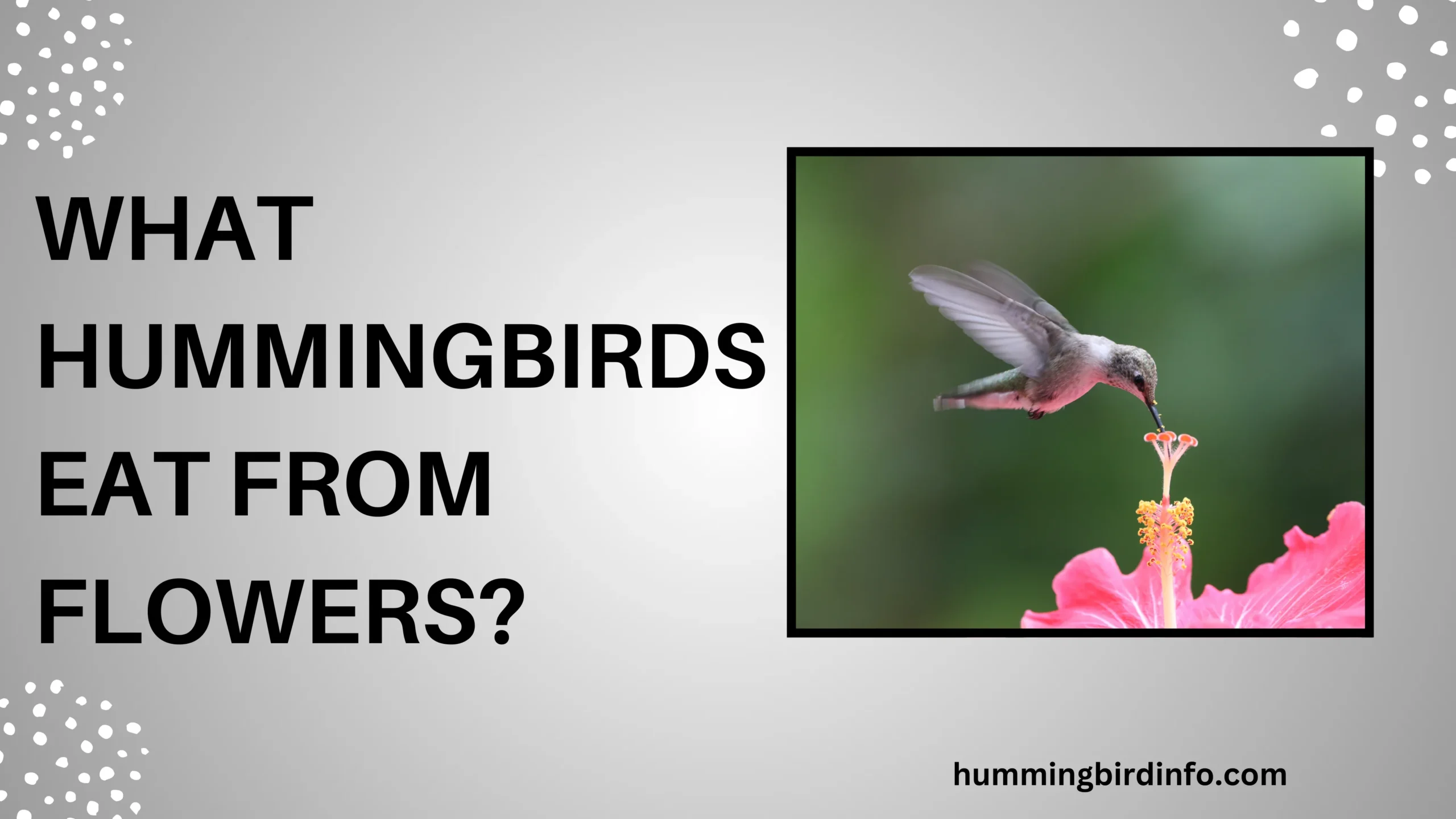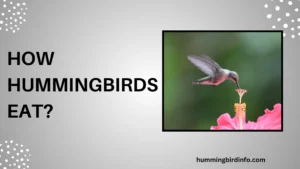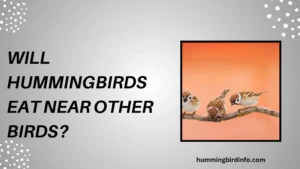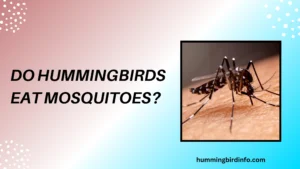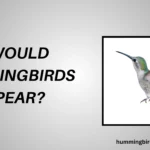Hummingbirds, with their iridescent feathers and lightning-fast wings, often appear like fleeting jewels in a garden. As they hover near blossoms and dip their slender bills into blooms, it’s easy to assume they’re simply sipping sugar water.
But what if there’s more happening behind that delicate dance? Are these tiny marvels just nectar lovers, or are flowers serving them a broader buffet than we realize?
Most people associate hummingbirds exclusively with nectar. It makes sense—nectar is abundant in flowering plants and provides the quick energy needed to fuel their rapid movements. However, scientists and bird watchers alike are uncovering a more nuanced picture.
Hummingbirds may seem like sugar addicts, but their nutritional needs are far more complex. What they consume from flowers goes beyond the sweet surface.
Understanding what hummingbirds actually eat from flowers isn’t just fascinating—it’s essential. For gardeners, it means making better choices in what we plant. For conservationists, it means preserving a more complete ecosystem.
And for nature lovers, it offers a deeper appreciation of the interwoven lives of birds and blooms. This blog dives into the heart of that relationship—exploring nectar’s hidden complexity, how flower shapes influence diet, and why hummingbirds might be consuming pollen and even insects during their floral visits.
It turns out, the hummingbird’s menu is far richer than we thought.
Contents
- 1 The Sweet Reward: Nectar and Its Variations
- 2 Beyond the Sweetness: Hidden Nutritional Benefits
- 3 Flower Preferences and Foraging Strategies
- 4 Implications for Gardeners and Conservation
- 5 Conclusion
- 6 FAQs:
- 7 Do hummingbirds only eat nectar from flowers?
- 8 What types of flowers are best for hummingbirds?
- 9 Do hummingbirds get protein from flowers?
- 10 How do hummingbirds drink nectar?
- 11 Are all red flowers good for hummingbirds?
- 12 Do hummingbirds ever damage flowers to get nectar?
The Sweet Reward: Nectar and Its Variations
Nectar is primarily made of water and sugars—sucrose, glucose, and fructose—each in varying amounts depending on the flower. Some flowers offer a high-sugar nectar for quick energy, while others present a more diluted version.

Hummingbirds rely heavily on these sugars to fuel their rapid heartbeats and acrobatic flight.
Different flowers offer different nectar compositions, not just in sugar content but in trace nutrients. Some nectars contain amino acids, minerals, and even proteins, which may subtly contribute to a hummingbird’s health.
However, nectar alone doesn’t meet their total nutritional needs.
Flower shapes are often uniquely suited to hummingbird feeding habits. Tubular and trumpet-shaped blooms allow the birds to insert their long bills deep inside. Over time, many hummingbird species have evolved bills that match the flowers they visit—a remarkable example of co-evolution.
The hummingbird’s tongue is a marvel in itself. It’s forked and covered in tiny hairs that help capture nectar using capillary action. Some studies even suggest they use a “trap-and-pump” method, maximizing nectar intake with incredible efficiency.
Color also plays a big role. Hummingbirds are especially drawn to red and orange flowers, though they’ll feed on many other colors. Interestingly, flowers pollinated by hummingbirds often lack strong scents, as visual cues matter more than olfactory ones for these birds.
Beyond the Sweetness: Hidden Nutritional Benefits
Pollen is often consumed unintentionally while hummingbirds feed. Their faces brush against stamens, and pollen sticks to their feathers and bills—only to be later ingested during preening. This accidental snacking can offer valuable proteins and minerals.
Some researchers believe hummingbirds may even deliberately consume pollen, especially when other nutrients are scarce. Pollen contains essential lipids, amino acids, and trace elements—key for tissue maintenance and feather health.
Floral exudates are lesser-known sources of nutrition for hummingbirds. Beyond nectar, some flowers ooze sugary fluids from other parts of their anatomy, especially when injured or stressed. These drops may provide extra hydration or micro-nutrients.
In some cases, flowers host aphids or other sap-feeding insects. These pests leave behind honeydew, a sticky sweet substance that hummingbirds may lick up—adding even more complexity to their diet.
And while not a flower product per se, small insects hiding inside blooms provide critical protein. Many hummingbirds grab tiny gnats or spiders during feeding, using flowers not just for sugar but also for their bug buffet.
Flower Preferences and Foraging Strategies
Native flowers are often the best choice for hummingbirds. These plants bloom at the right time, offer suitable nectar, and match the birds’ bill structures. Non-native flowers may look pretty, but often provide poor nutrition or are difficult to access.
Hummingbirds use two main feeding strategies: some defend flower-rich territories, while others follow trap-lining routes—visiting specific flowers on a repeated path. Each strategy affects their diet diversity and energy intake.
Dense flower patches offer more food but also more competition. Hummingbirds may adjust their routes based on flower abundance, always seeking the most efficient way to meet their needs.
As the seasons change, so do flower options. Spring and summer offer rich blooms, but during migration or early spring, hummingbirds must be flexible, relying on any available nectar or even sap and insects.
In urban areas, where native flowers are scarce, hummingbirds adapt by visiting feeders and exotic plants, though this may result in imbalanced nutrition or added stress.
Implications for Gardeners and Conservation
Gardeners can play a huge role in supporting hummingbirds. Plant a variety of native species that bloom from early spring to fall to ensure a steady and nutritious supply of food.
Avoid using chemical pesticides, which harm both the flowers and the insects hummingbirds rely on. Choose organic or pollinator-safe options to support a more complete ecosystem.
Hummingbird feeders are helpful but shouldn’t replace flowers. Use a clean 1:4 sugar-to-water solution, skip dyes, and sanitize feeders every few days. Think of them as snack stations, not full meals.

Natural habitats remain essential. Protecting woodlands, meadows, and native plant communities ensures that hummingbirds and their food sources continue to thrive for generations.
Conclusion
Hummingbirds are not just sugar addicts fluttering from flower to flower. Their relationship with plants is deep, dynamic, and surprisingly complex—involving not just nectar, but also pollen, insects, and even plant secretions.
Understanding their full floral diet helps us plant smarter, feed more responsibly, and protect essential habitats. Every flower we grow with intention adds to a network of nutrition for these tiny travelers.
By recognizing the rich, hidden menu flowers offer, we support more than a beautiful backyard—we contribute to a thriving ecosystem. Let’s continue to appreciate the intricate dance between hummingbirds and the blossoms they love.
FAQs:
Do hummingbirds only eat nectar from flowers?
No. While nectar is their main energy source, hummingbirds also consume pollen, insects, and sometimes floral exudates.
What types of flowers are best for hummingbirds?
Tubular, brightly colored native flowers—like bee balm and columbine—offer easier access to rich nectar and better nutrition.
Do hummingbirds get protein from flowers?
Yes. They consume pollen and small insects found in or around flowers, which provide essential proteins and minerals.
How do hummingbirds drink nectar?
They use forked, grooved tongues that extend rapidly, drawing up nectar through capillary action and tongue-flicking mechanisms.
Are all red flowers good for hummingbirds?
Not necessarily. Hummingbirds prefer red, but the shape, nectar content, and accessibility are just as important.
Do hummingbirds ever damage flowers to get nectar?
Sometimes. Through a process called nectar robbing, they may pierce flowers to access nectar without pollinating them.
